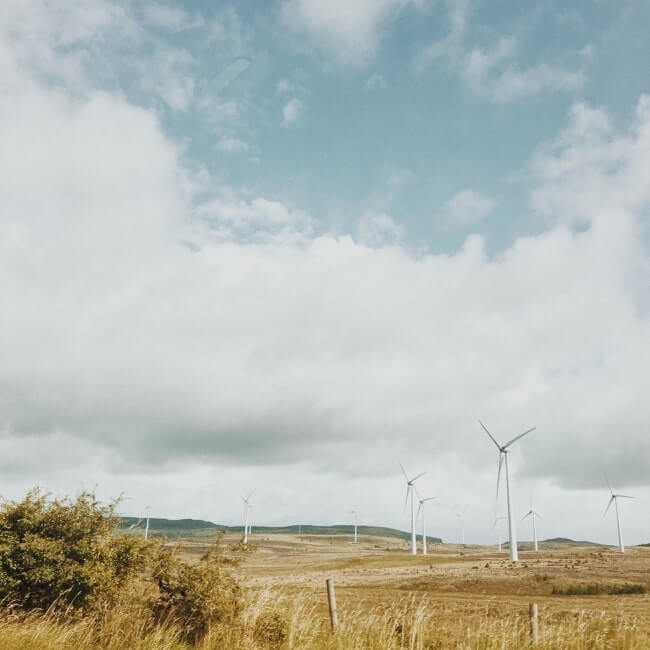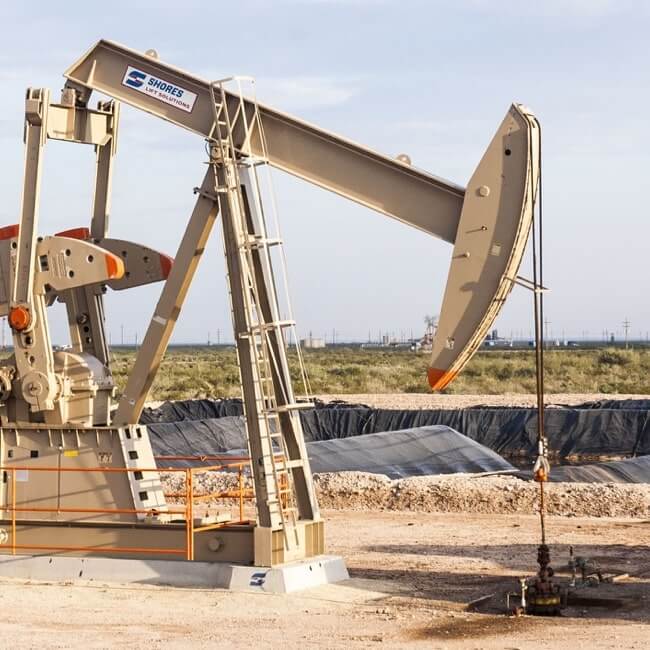Chile power sector legislation and regulation: What to monitor in 2024

Next year could see important milestones inserted along Chile’s decarbonization highway.
After heavy renewables investment over the past decade that has given wind and solar significant stakes in the generation mix, the regulatory, legislative and project landscape is evolving.
Given surplus solar output and transmission congestion, along with a coal-retirement process that will spur demand for alternative grid-stability assets, the chief focus is on energy storage regulation and legislation.
Since 2025 is an election year, 2024 should see a fair bit of activity on the lawmaking front, in energy and other spheres, before the focus shifts to the presidential race.
REGULATIONS
New capacity market and coordination and operation rules should be introduced next year, helping developers make revenue projections that they can take along to their local financier. Revenue clarity should particularly help smaller players that don’t have access to the deep pockets of multinationals.
Discussion will also likely surround the risk of energy storage overbuild, of a rapid expansion that could generate future problems similar to those being experienced today by pureplay renewables companies.
On the legislative front, discussion should continue over the optimum design of a planned government auction of energy storage systems. While consensus exists on the need for storage, there are differences over strategy. Chile’s big generators are investing, using their own resources, in large-scale storage systems incorporated into their renewables plants.
Chile’s biggest generator by installed capacity, Enel, has until now focused on two-hour duration systems geared to the ancillary services market. Company officials are studying the feasibility of longer-duration units, those more suited to the energy-shifting business.
The bulk of renewables projects entering the environmental review system today contain storage systems.
Battery storage dominates, but there is scope for other technologies, including concentrated solar and pumped storage, to enter the arena a little further down the line. Generator AES Andes was recently given the environmental nod to build a molten salt storage project, Alba, on a brownfield site.
ENERGY TRANSITION BILL
The government's planned storage auction forms part of its energy transition bill, which was recently greenlit by a senate committee.
Other pillars of the bill include a measure to support renewables players impacted by curtailment and price decoupling, and changes to transmission system planning. Financial stress is taking its toll, with one renewables firm recently filing for bankruptcy in the US.
An associated bill that contains further end-user price stabilization measures was due to be presented by the end of 2023. An existing pot contains multiple billions of dollars in receivables owed to power generators, fueling questions within the industry about tapping the private sector to subsidize end-user bills.
Indeed, there are calls for greater public clarity over the real cost of electricity supply, given the need for investment in transmission and distribution which, initially at least, will place upward pressure on electricity prices.
Among items on the legislative to-do list is distribution reform, seen vital to achieving decarbonization goals.
REGULATED MARKET SUPPLY AUCTION
National energy commission CNE has a regulated power supply auction process underway.
Officials have included incentives for energy storage and non-variable renewables, splitting the auction into three geographic zones (north, central and south) and the possibility of transferring the systemic costs of the short-term market.
CNE is seeking 5,000GWh/y, distributed across two supply blocks: one of 2,600GWh/y (due to come online in 2027) and one of 2,400GWh/y (2028).
The auction is one of the most eagerly anticipated by the industry in recent years, given the process of change the electricity sector is undergoing and the fact that only a portion of supply offered was awarded in a 2022 auction.
In 2022, CNE awarded 777GWh/y of new supply from 2027 via 15-year contracts at an average price of US$37.4MWh/y. Officials had sought to secure 5,250GWh/y. Rising costs of wind and solar capacity and of financing, along with risk stemming from grid congestion – impacting the prices offered – were cited among the key reasons for the result.
Last month CNE pushed back the 2023 auction bid deadline to April 2024, citing time needed for the panel of experts – an autonomous body tasked with resolving electricity sector disputes – to consider discrepancies filed by a generator concerning the final auction report. Bids were originally due this month.
PERMITTING
The government is preparing to publish draft legislation to overhaul environmental and sectoral permitting. Political consensus exists over the need to speed up the process without compromising standards. Of the two, environmental permitting reform is the more sensitive politically.
The complexity and timescales associated with project permitting is often cited as an investment headwind, particularly for transmission lines.
SERVICE RELIABILITY AND QUALITY TECHNICAL RULES
Next year, consultants will conduct an analysis of Chile’s service reliability and quality technical rules, also known as the power grid code.
Officials cite the need to support, and adapt to, the energy transition. The process to retire coal-fired power plants, build out energy storage capacity and boost electrification is changing the country’s electric power landscape.
Subscribe to the leading business intelligence platform in Latin America with different tools for Providers, Contractors, Operators, Government, Legal, Financial and Insurance industries.
News in: Electric Power (Chile)

ENGIE Chile wins tender for construction of new substation in the Metropolitan region
The new Manuel Rodríguez Sectioning Substation -located in Tiltil- will allow the expansion of the capacity of the electrical system in the central...

Political and water risks may limit Latin America’s datacenter boom – Moody’s
Even so, investments in datacenters in Latin America are expected to remain robust in the coming years.
Subscribe to Latin America’s most trusted business intelligence platform.
Other projects in: Electric Power (Chile)
Get critical information about thousands of Electric Power projects in Latin America: what stages they're in, capex, related companies, contacts and more.
- Project: Viento Sur wind farm
- Current stage:

- Updated:
2 days ago
- Project: Carolina Solar Photovoltaic Park
- Current stage:

- Updated:
2 days ago
- Project: Ceibo solar photovoltaic park
- Current stage:

- Updated:
2 days ago
- Project: Copiapo Solar Solar Power Concentration Plant
- Current stage:

- Updated:
5 days ago
- Project: Rarinco wind farm
- Current stage:

- Updated:
5 days ago
- Project: Mineru Solar Photovoltaic Park
- Current stage:

- Updated:
5 days ago
- Project: BESS Energy Storage System - Tamaya Solar
- Current stage:

- Updated:
7 days ago
- Project: Tata Inti solar park (ex Almonte)
- Current stage:

- Updated:
7 days ago
- Project: Hemera Photovoltaic Park
- Current stage:

- Updated:
7 days ago
- Project: Sol de Vallenar solar plant
- Current stage:

- Updated:
6 days ago
Other companies in: Electric Power (Chile)
Get critical information about thousands of Electric Power companies in Latin America: their projects, contacts, shareholders, related news and more.
- Company: Grupo Cerro
-
Grupo Cerro is a company that provides energy 24/7 and 100% renewable. Owner of the Cerro Dominador thermosolar plant, located in the Antofagasta Region, and 11 run-of-the-river...
- Company: Pampa Unión SpA. (Pampa Unión)
- Company: UKA Chile y Cía. (UKA Chile)
-
The description included in this profile was taken directly from an official source and has not been modified or edited by the BNamericas’ researchers. However, it may have been...
- Company: Copiapó Energía Solar SpA (Copiapó Solar)
-
Copiapo Energia Solar SpA is in charge of developing the 150MW Copiapo Solar plant, to be located near the city of Copiapó, in Chile's Atacama region. The company was acquired b...
- Company: Consorcio Austral
- Company: Aaktei Energía SpA (Aaktei)
-
Chilean Aaktei Energía is engaged in the all-round development of non-conventional renewable energy projects (NCRE) from irrigation channels and natural channels, with an expert...
- Company: Hy2Wind SpA (Aaktei Energía - Hynewgen)
-
Aaktei Energía SpA - Hynewgen SA is a company formed by Aaktei Energía SpA and Hynewgen S.A. for the execution of the Los Coihues Wind Farm project, which is located in Ñuble, C...
- Company: Verano Power
- Company: Socompa Solar Spa (Socompa Solar)



